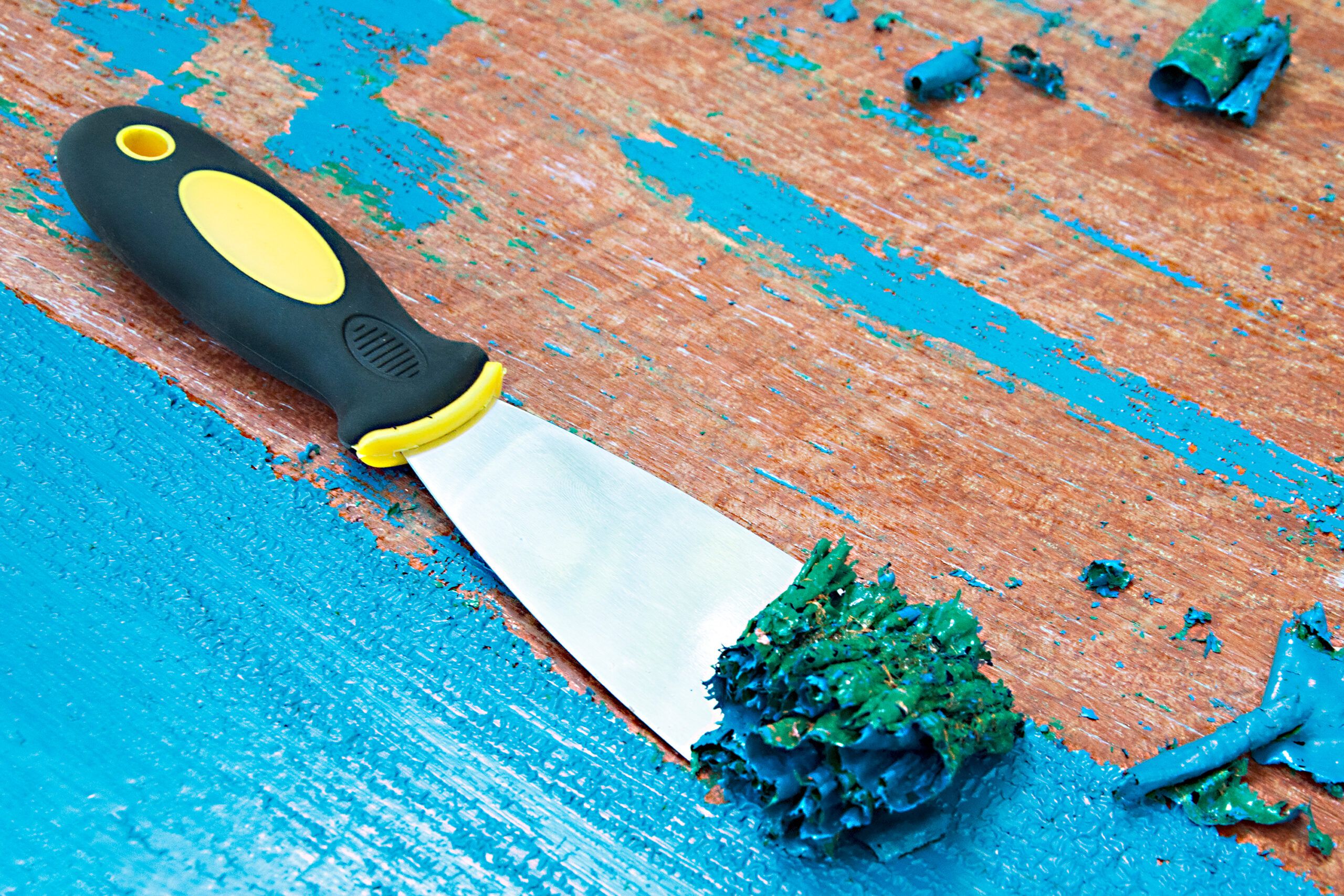

Articles
How To Remove Paint On Wood Furniture
Modified: September 1, 2024
Learn how to effectively remove paint from wood furniture with our step-by-step guide. Preserve the natural beauty of your furniture with these easy-to-follow techniques.
(Many of the links in this article redirect to a specific reviewed product. Your purchase of these products through affiliate links helps to generate commission for Storables.com, at no extra cost. Learn more)
Introduction
Painted wood furniture can add a pop of color and personality to any space. However, over time, you might find yourself wanting to change the look or refresh the piece by removing the existing paint. Whether you’re looking to get a fresh start on an old piece or simply want to restore the natural beauty of the wood, removing paint from wood furniture is a task that can be done with the right tools and techniques.
Before diving into the various methods to remove paint from wood furniture, it’s important to gather the necessary supplies. Here’s what you’ll need:
Key Takeaways:
- Unleash Your Creativity: Removing paint from wood furniture offers the opportunity to restore its natural beauty or create a fresh, personalized look. Experiment with different methods to achieve stunning, customized results.
- Safety First, Stunning Results: Prioritize safety by testing the paint, preparing the work area, and following manufacturer instructions. With patience and the right tools, you can achieve a clean, polished finish for your wood furniture.
Read more: How To Paint Wood Furniture White
Supplies needed:
- Sandpaper (fine and coarse grit)
- Heat gun
- Chemical paint stripper
- Denatured alcohol
- Vinegar
- Water
- Paintbrush
- Drop cloth or newspapers
- Protective gloves
- Safety goggles
Once you have all your supplies ready, you can start preparing the work area for the paint removal process.
Preparing the work area:
Begin by selecting a well-ventilated area, preferably outdoors. Lay down a drop cloth or newspapers to protect the surrounding area from any paint or debris. It’s also a good idea to wear old clothing that you don’t mind getting dirty.
Next, ensure that you have adequate lighting to see the paint removal process clearly. Natural light or a combination of natural light and artificial lighting can be beneficial.
Before proceeding with any paint removal method, it’s important to test the paint to determine its type and adhesion. This will help you choose the most appropriate method to remove the paint without damaging the wood.
Testing the paint:
To test the paint, select a small, inconspicuous area on the furniture piece. Apply a small amount of the paint removal method you plan to use, such as sanding or using a chemical stripper, and observe the results. If the paint starts to lift off easily, it indicates that the method is suitable for your furniture. However, if the paint doesn’t budge or the wood begins to show signs of damage, it’s advisable to try a different method.
Key Takeaways:
- Unleash Your Creativity: Removing paint from wood furniture offers the opportunity to restore its natural beauty or create a fresh, personalized look. Experiment with different methods to achieve stunning, customized results.
- Safety First, Stunning Results: Prioritize safety by testing the paint, preparing the work area, and following manufacturer instructions. With patience and the right tools, you can achieve a clean, polished finish for your wood furniture.
Read more: How To Paint Wood Furniture White
Supplies needed:
When it comes to removing paint from wood furniture, having the right supplies is essential for a successful and efficient process. Here are the supplies you’ll need:
- Sandpaper (fine and coarse grit): Sandpaper is a versatile tool that can help you remove paint by abrasion. Coarse-grit sandpaper is typically used for the initial removal of paint, while fine-grit sandpaper is used for smoothing out the surface.
- Heat gun: A heat gun is an effective tool for stripping paint by applying heat. It can soften the paint, making it easier to scrape off. Ensure you follow safety precautions and use the heat gun in a well-ventilated area.
- Chemical paint stripper: Chemical paint strippers are formulated to dissolve and remove paint. They come in various types, such as gel or liquid, so choose the one that is suitable for your specific needs. Be sure to follow the manufacturer’s instructions and take necessary safety precautions, such as wearing protective gloves and goggles.
- Denatured alcohol: Denatured alcohol is an effective solvent that can help remove paint from wood surfaces. It works well for removing small areas of paint or stubborn paint stains. Make sure to use in a well-ventilated area and follow safety guidelines.
- Vinegar: Vinegar is a natural and mild acid that can be used to remove paint from wood. It is especially useful for water-based paints. Mixing vinegar with water creates a gentle and eco-friendly paint removal solution.
- Water: Water is a basic ingredient for various paint removal methods. It can be used to dilute paint stripper or mix with vinegar for a homemade paint removal solution.
- Paintbrush: A paintbrush is useful for applying chemical paint stripper or vinegar-water mixture onto the painted surface.
- Drop cloth or newspapers: To protect the surrounding area from paint splatters or debris, lay down a drop cloth or use newspapers to create a barrier.
- Protective gloves: It’s important to protect your hands from chemicals and sharp surfaces. Wear gloves that are resistant to the specific chemicals you are using for paint removal.
- Safety goggles: Safety goggles help protect your eyes from any flying paint chips or chemicals that may accidentally splatter during the paint removal process.
Having these supplies on hand will ensure that you are well-prepared to tackle the paint removal process and achieve successful results. Remember to always follow safety guidelines and manufacturer instructions when using any chemical products.
Preparing the work area:
Before you begin the process of removing paint from your wood furniture, it’s important to properly prepare the work area. Taking a few simple steps will help protect the surrounding space and ensure a smooth paint removal process:
- Select a well-ventilated area: It’s crucial to work in a space that is well-ventilated to avoid inhaling any fumes or dust particles that may be released during the paint removal process. Ideally, choose an outdoor area or a room with windows and proper airflow.
- Spread a drop cloth or newspapers: To protect the floor or any nearby surfaces from paint drips or debris, lay down a drop cloth or use newspapers as a barrier. This will make the cleanup process easier and prevent any damage to your flooring or furniture.
- Remove any obstacles: Clear the work area of any obstacles or furniture that may hinder your access to the piece you want to strip. This will ensure that you have enough space to move around and work comfortably.
- Protect yourself: It’s important to protect yourself during the paint removal process. Wear old clothing that you don’t mind getting dirty or stained, as well as protective gloves and safety goggles to shield your hands and eyes from any chemicals or debris.
- Ensure proper lighting: Adequate lighting is key when working on paint removal. Make sure the area is well-lit so that you can clearly see the painted surface and any areas that need extra attention. If working indoors, consider using a combination of natural light and artificial lighting to ensure optimal visibility.
By following these steps and properly preparing the work area, you’ll create a safe and efficient environment for removing paint from your wood furniture. It’s important to take the necessary precautions to protect yourself and your surroundings throughout the process.
Testing the paint:
Before diving into the paint removal process, it’s crucial to test the paint on a small, inconspicuous area of the wood furniture. This step will help you assess the type of paint and its adhesion to the wood, allowing you to choose the most appropriate method for removing it without causing any damage.
Follow these steps to test the paint:
- Select a small test area: Choose a discreet spot on the furniture piece, such as the underside or back, where the paint removal won’t be visible.
- Choose the paint removal method: Select the paint removal method you plan to use, such as sanding, heat gun, chemical stripper, or denatured alcohol.
- Apply the method: Apply a small amount of the chosen paint removal method to the test area using the appropriate tool or technique. For example, if you’re using sandpaper, gently sand the area; if you’re using a heat gun, apply heat to the surface; if using a chemical stripper, follow the manufacturer’s instructions for application.
- Observe the results: After applying the paint removal method, observe how the paint reacts. If it starts to lift off easily, showing signs of loosening or peeling, it indicates that the method is suitable for removing the paint from your wood furniture.
- Check for any damage to the wood: While observing the paint removal, also keep an eye on the condition of the wood. Ensure that the paint removal method is not causing any adverse effects, such as discoloration, warping, or damage to the wood’s surface. If you notice any negative effects, it’s best to try a different method.
By testing the paint, you can determine the most effective and safe method for removing the paint from your wood furniture. Remember to always choose the method that produces the desired results while minimizing any potential harm to the wood.
Use a chemical paint stripper for large areas of paint, following the manufacturer’s instructions. For small spots, use a scraper or sandpaper. Always work in a well-ventilated area and wear protective gear.
Method 1: Using sandpaper
Sanding is a common and effective method for removing paint from wood furniture. It involves using abrasive sandpaper to gradually wear down the layers of paint until the bare wood is exposed. Here’s how to remove paint using sandpaper:
- Gather the necessary supplies: For this method, you’ll need both fine and coarse-grit sandpaper, protective gloves, and safety goggles.
- Prepare the work area: Set up a well-ventilated workspace, preferably outdoors or in a well-ventilated room. Lay down a drop cloth or newspapers to catch any paint chips or debris.
- Put on protective gear: Wear protective gloves and safety goggles to shield your hands and eyes from any paint dust or particles that may be released during the sanding process.
- Start with coarse-grit sandpaper: Begin by using coarse-grit sandpaper (60 or 80 grit) and firmly sand the painted surface in a circular or back-and-forth motion. Apply even pressure to remove the paint, but be careful not to damage the wood underneath.
- Switch to fine-grit sandpaper: Once the majority of the paint has been removed, switch to a finer grit sandpaper (120 or 150 grit) to smooth out the surface and remove any remaining paint residue. Continue sanding until the wood is smooth and free of paint.
- Clean up the debris: After sanding, use a brush, vacuum, or a damp cloth to remove the paint dust and debris from the surface. This will ensure a clean and smooth finish.
- Finish with a sealant (optional): If desired, you can apply a sealant or primer to the newly exposed wood to protect it and prepare it for future painting or staining.
It’s important to note that sanding can be a labor-intensive method, especially for larger furniture pieces or pieces with multiple layers of paint. Take breaks as needed and be patient throughout the process to achieve the desired results.
Remember to dispose of the paint chips and debris properly, following local regulations for hazardous waste if necessary. Sanding can create a significant amount of dust, so be sure to wear a mask if you’re sensitive to airborne particles.
Overall, using sandpaper is an effective way to remove paint from wood furniture, offering you the opportunity to reveal the natural beauty of the wood or prepare it for a fresh coat of paint or stain.
Method 2: Using a heat gun
Another effective method for removing paint from wood furniture is using a heat gun. The heat from the gun softens the paint, making it easier to scrape off. Follow these steps to remove paint using a heat gun:
- Gather the necessary supplies: For this method, you’ll need a heat gun, protective gloves, safety goggles, a scraper or putty knife, and a drop cloth or newspapers to protect the surrounding area.
- Prepare the work area: Ensure you have a well-ventilated workspace, either outdoors or in a well-ventilated room. Lay down a drop cloth or newspapers to catch any paint chips or debris that may fall off during the process.
- Put on protective gear: Protect your hands with gloves and wear safety goggles to shield your eyes from any paint chips or heat gun emissions.
- Plug in the heat gun and set the temperature: Turn on the heat gun and set it to a low or medium temperature. It’s important to start with a lower heat setting to avoid scorching or damaging the wood.
- Hold the heat gun over the painted area: Hold the heat gun a few inches away from the painted surface and move it slowly back and forth. Allow the heat to soften the paint and observe as it starts to bubble or blister.
- Scrape off the softened paint: Once the paint starts to bubble, use a scraper or putty knife to gently scrape off the softened paint. Work carefully to avoid gouging or scratching the wood underneath.
- Continue heating and scraping: Move the heat gun along the painted surface, heating and scraping off the paint section by section. Be cautious not to hold the heat gun in one spot for too long, as it may damage the wood.
- Clean up the debris: After removing the paint, use a brush, vacuum, or damp cloth to clean up any remaining paint chips or debris. Dispose of them properly.
- Finish with sanding (optional): After using the heat gun, you may choose to lightly sand the surface to smooth out any raised or rough areas. This will prepare the wood for further treatment, such as staining or refinishing.
Remember to take breaks as required and work in a well-ventilated area to minimize exposure to fumes or dust. Always follow the manufacturer’s instructions and safety precautions when using a heat gun.
Using a heat gun is a efficient method for paint removal, particularly for larger pieces or areas with thick layers of paint. It’s important to exercise caution and be mindful of the heat gun’s distance from the wood to prevent scorching or damaging the surface.
Read more: How To Spray Paint Wood Furniture
Method 3: Using chemical paint stripper
When dealing with stubborn or multiple layers of paint, using a chemical paint stripper can be an effective method to remove paint from wood furniture. Paint strippers are formulated to dissolve the paint, making it easier to scrape or wash off. Follow these steps to use a chemical paint stripper:
- Gather the necessary supplies: For this method, you’ll need a chemical paint stripper, protective gloves, safety goggles, a paintbrush, a scraper or putty knife, and a drop cloth or newspapers to protect the surrounding area.
- Prepare the work area: Set up a well-ventilated workspace, preferably outdoors or in a well-ventilated room. Lay down a drop cloth or newspapers to catch any paint or stripper drips.
- Put on protective gear: Protect your hands with gloves and wear safety goggles to shield your eyes from any splashing paint stripper or its fumes.
- Apply the paint stripper: Use a paintbrush to apply a thick, even layer of the chemical paint stripper onto the painted surface. Make sure to follow the manufacturer’s instructions on the proper application and the recommended amount of time to leave the stripper on the surface.
- Allow the paint stripper to work: Give the chemical paint stripper enough time to penetrate and dissolve the paint, usually around 10 to 15 minutes. Avoid leaving the stripper on for too long as it may cause damage to the wood.
- Scrape off the softened paint: Once the paint has softened, use a scraper or putty knife to gently scrape off the softened paint. Work in one direction and remove as much paint as possible. Repeat the application of paint stripper if necessary.
- Clean up the surface: After removing the paint, use a cloth soaked in mineral spirits or a mild detergent and water solution to clean the surface and remove any remaining paint or residue. Rinse the area with clean water and let it dry.
- Sand the surface (optional): If desired, you can lightly sand the surface to smooth out any imperfections or leftover paint particles. This will prepare the wood for finishing, such as staining or painting.
- Dispose of the waste properly: Remember to follow local regulations for proper disposal of the used paint stripper and any paint waste.
It’s important to follow the manufacturer’s instructions while using chemical paint strippers. Be sure to work in a well-ventilated area to minimize exposure to fumes and wear protective gear to avoid any contact with the chemicals.
Using a chemical paint stripper can be an efficient and effective method, especially for intricate designs or areas where the paint is difficult to remove. It allows you to meticulously remove multiple layers of paint and reveal the natural beauty of the wood beneath.
Method 4: Using denatured alcohol
Denatured alcohol is a versatile and effective solvent that can be used to remove paint from wood furniture. It works well for smaller areas or spots of paint, allowing you to target specific areas without affecting the entire piece. Follow these steps to remove paint using denatured alcohol:
- Gather the necessary supplies: For this method, you’ll need denatured alcohol, protective gloves, safety goggles, a cloth or sponge, and a drop cloth or newspapers to protect the surrounding area.
- Prepare the work area: Set up a well-ventilated workspace, preferably outdoors or in a well-ventilated room. Lay down a drop cloth or newspapers to catch any paint chips or spills.
- Put on protective gear: Protect your hands with gloves and wear safety goggles to shield your eyes from any potential contact with the denatured alcohol.
- Apply denatured alcohol to a cloth or sponge: Pour a small amount of denatured alcohol onto a cloth or sponge. Make sure the cloth or sponge is damp but not dripping wet.
- Gently rub the paint: Rub the damp cloth or sponge over the painted surface in a circular or back-and-forth motion. Apply slight pressure to help loosen the paint. The denatured alcohol will begin to dissolve the paint and make it easier to remove.
- Continue rubbing and wiping: Keep rubbing the surface with the damp cloth or sponge, periodically wiping it clean with a fresh cloth or sponge. This will remove the dissolved paint and prevent it from spreading or smearing.
- Repeat if necessary: If there are stubborn spots of paint or multiple layers, repeat the process with fresh denatured alcohol on a clean cloth or sponge. Continue until the paint is fully removed.
- Clean up and let dry: Once all the paint has been removed, clean the surface with a damp cloth to remove any residual denatured alcohol or paint residue. Allow the wood to dry completely before proceeding with any further treatments or finishes.
It’s important to note that denatured alcohol is a flammable substance, so exercise caution and work in a well-ventilated area away from any open flames or heat sources. Always follow safety precautions and use denatured alcohol in moderation.
Using denatured alcohol is a less aggressive method compared to sanding or using chemical paint strippers, making it ideal for small areas or delicate pieces of wood furniture. It allows you to target specific spots of paint and remove them with precision.
Method 5: Using vinegar and water mixture
A natural and eco-friendly alternative for removing paint from wood furniture is using a mixture of vinegar and water. Vinegar acts as a mild acid that can help break down the paint, making it easier to lift off. Follow these steps to remove paint using a vinegar and water mixture:
- Gather the necessary supplies: For this method, you’ll need white vinegar, water, a spray bottle, a clean cloth or sponge, a scraper or putty knife, and a drop cloth or newspapers to protect the surrounding area.
- Prepare the work area: Set up a well-ventilated workspace, preferably outdoors or in a well-ventilated room. Lay down a drop cloth or newspapers to catch any paint drips or debris.
- Mix the vinegar and water: In a spray bottle, combine equal parts white vinegar and water. Shake the bottle well to ensure the mixture is properly mixed.
- Spray the mixture onto the painted surface: Spray the vinegar and water mixture directly onto the painted surface, ensuring it is thoroughly saturated. Let the mixture sit for a few minutes to allow the vinegar to penetrate and soften the paint.
- Scrape off the softened paint: Use a scraper or putty knife to gently scrape off the softened paint. Start from one edge and work your way across the surface, applying even pressure to remove the paint. Be careful not to gouge or scratch the wood.
- Repeat if necessary: If there are stubborn areas or multiple layers of paint, reapply the vinegar and water mixture, allowing it to sit for a few more minutes before scraping again. Continue this process until all the paint has been removed.
- Clean up the surface: After removing the paint, use a clean cloth or sponge dampened with water to wipe down the surface and remove any residue or leftover paint chips. Dry the wood thoroughly.
The vinegar and water mixture is a gentle and non-toxic method for removing paint from wood furniture. It may require more time and effort compared to other methods, especially for thick or multiple layers of paint. Additionally, this method works best for water-based paints.
Remember to dispose of the paint chips and debris properly, following local regulations for hazardous waste if necessary. Using the vinegar and water mixture allows you to take a more environmentally friendly approach to paint removal while achieving satisfactory results.
Final steps and cleaning up
After successfully removing the paint from your wood furniture using one of the methods described above, there are a few final steps to take to ensure a clean finish and tidy up the work area:
- Inspect the surface: Once the paint has been removed, carefully inspect the wood surface to ensure that all traces of paint have been eliminated. Check for any remaining paint spots or patches that may require further attention.
- Smooth out the surface (if necessary): Depending on the method you used to remove the paint, you may need to smooth out the wood surface. Utilize fine-grit sandpaper to lightly sand any rough areas or inconsistencies, ensuring a smooth and even finish.
- Remove dust and debris: Use a soft cloth or vacuum cleaner to remove any dust or debris that may have accumulated during the paint removal process. Pay attention to corners, crevices, and other hard-to-reach areas where dust and paint particles might have settled.
- Clean the surrounding area: Dispose of the drop cloth or newspapers used to protect the work area, ensuring that any paint chips or debris are properly disposed of according to local regulations. Wipe down the surrounding surfaces and check for any stray paint splatters or stains, cleaning them up promptly.
- Consider refinishing or restoring: With the paint removed, you may want to consider refinishing or restoring the wood furniture. This could involve applying a new layer of paint, staining the wood, or applying a protective finish to enhance the beauty and durability of the piece.
- Organize and store your supplies: Clean and organize your paint removal supplies, such as sandpaper, heat gun, chemical stripper, or vinegar and water mixture, to keep them in good condition for future use or other projects.
By completing these final steps, you’ll ensure a clean and refreshed result after removing the paint from your wood furniture. Remember to follow proper safety precautions, protect yourself and your work area, and dispose of any materials responsibly.
With the paint removed, you can now fully appreciate the natural beauty of the wood or use the furniture as a blank canvas for a fresh coat of paint or a new finish. Enjoy the renewed look of your furniture and the satisfaction of a job well done!
Read more: How To Paint Wood Furniture: An Expert Guide
Conclusion
Removing paint from wood furniture is a rewarding process that allows you to breathe new life into your cherished pieces. Whether you want to restore the natural beauty of the wood or change the look entirely, the methods outlined in this article provide you with the tools and techniques to accomplish your goal.
By using sandpaper, a heat gun, chemical paint stripper, denatured alcohol, or a vinegar and water mixture, you can effectively remove paint from wood surfaces. Each method has its own advantages and considerations, so it’s important to choose the one that best suits the size, condition, and type of paint on your furniture.
Throughout the process, remember to prioritize safety by wearing protective gear, working in a well-ventilated area, and following the manufacturer’s instructions for any chemical products. Taking the time to test the paint, prepare the work area, and clean up properly afterward will ensure a successful and satisfying outcome.
Additionally, consider the final steps that include inspecting the surface, smoothing out any imperfections, cleaning up the work area, and considering further refinishing or restoration. These steps will help you achieve a clean and polished finish for your wood furniture.
Whether you’re looking to restore an heirloom piece, refresh outdated furniture, or simply satisfy your DIY urge, removing paint from wood furniture allows you to unleash your creativity and enjoy the natural beauty of the wood. With the right tools, techniques, and a little patience, you can transform your furniture into a stunning centerpiece that complements your space or reflects your personal style.
Remember to experiment with different methods or combine them based on the specific needs of your furniture piece. Each method offers a unique approach to paint removal, allowing you to choose the one that fits your comfort level and desired outcome.
Now, armed with the knowledge and techniques shared in this article, you are ready to embark on your paint removal journey. So gather your supplies, prepare your work area, and get ready to give your wood furniture a fresh start or a revitalizing makeover!
Frequently Asked Questions about How To Remove Paint On Wood Furniture
Was this page helpful?
At Storables.com, we guarantee accurate and reliable information. Our content, validated by Expert Board Contributors, is crafted following stringent Editorial Policies. We're committed to providing you with well-researched, expert-backed insights for all your informational needs.
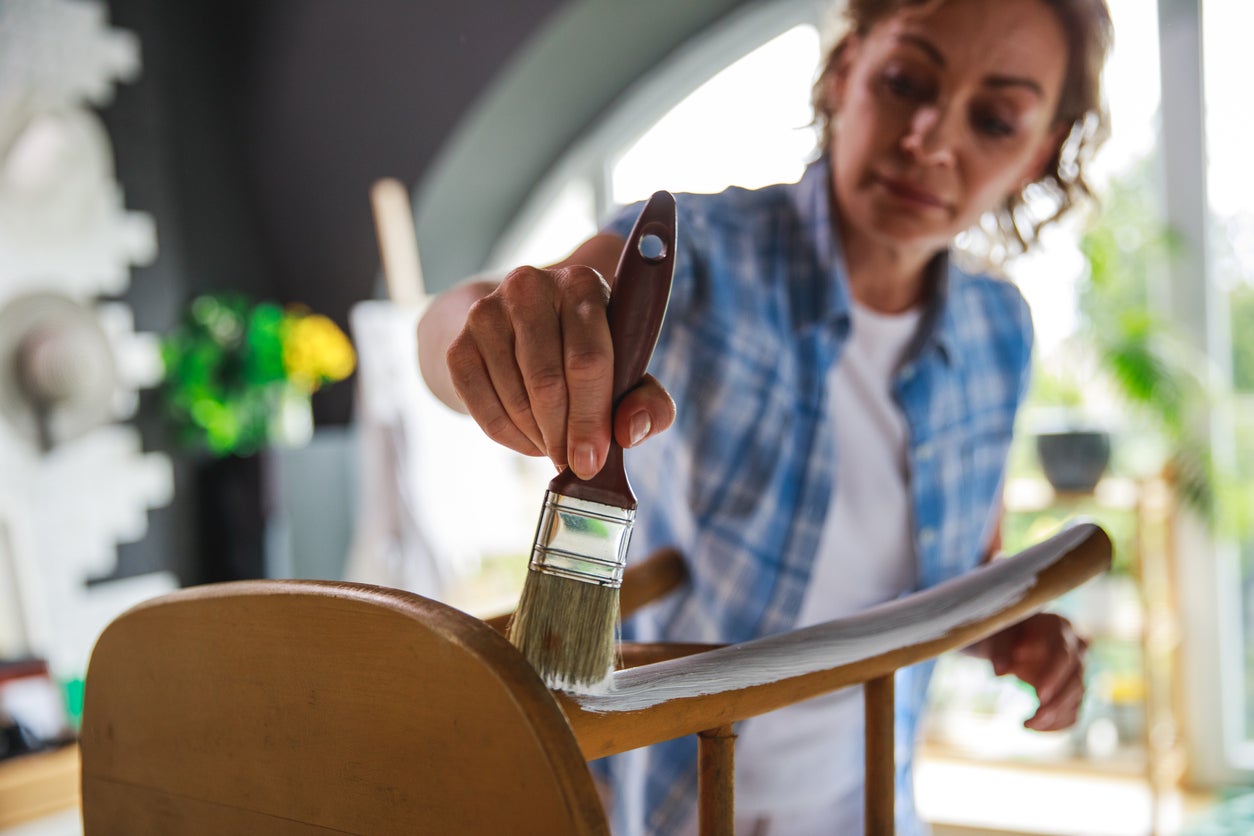
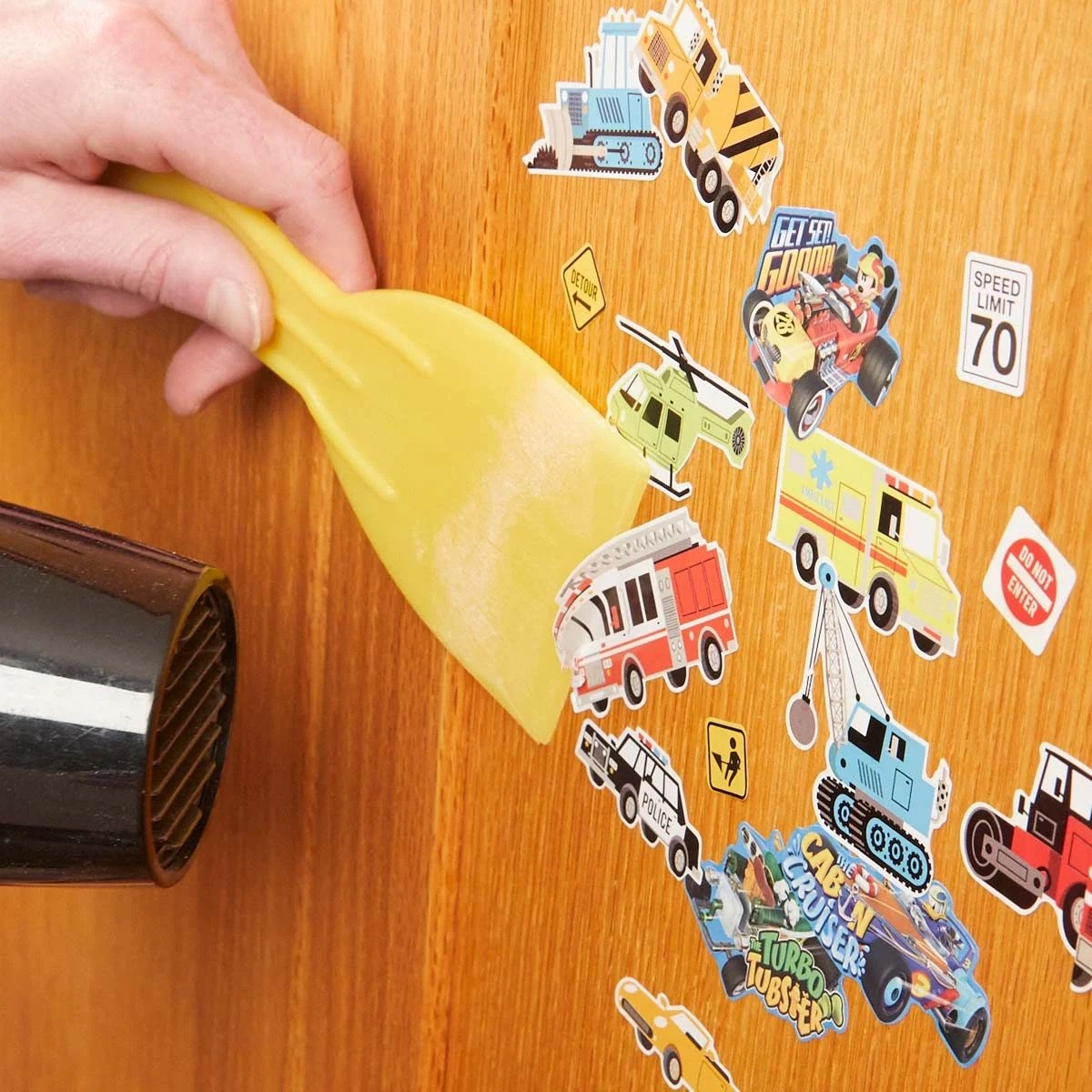
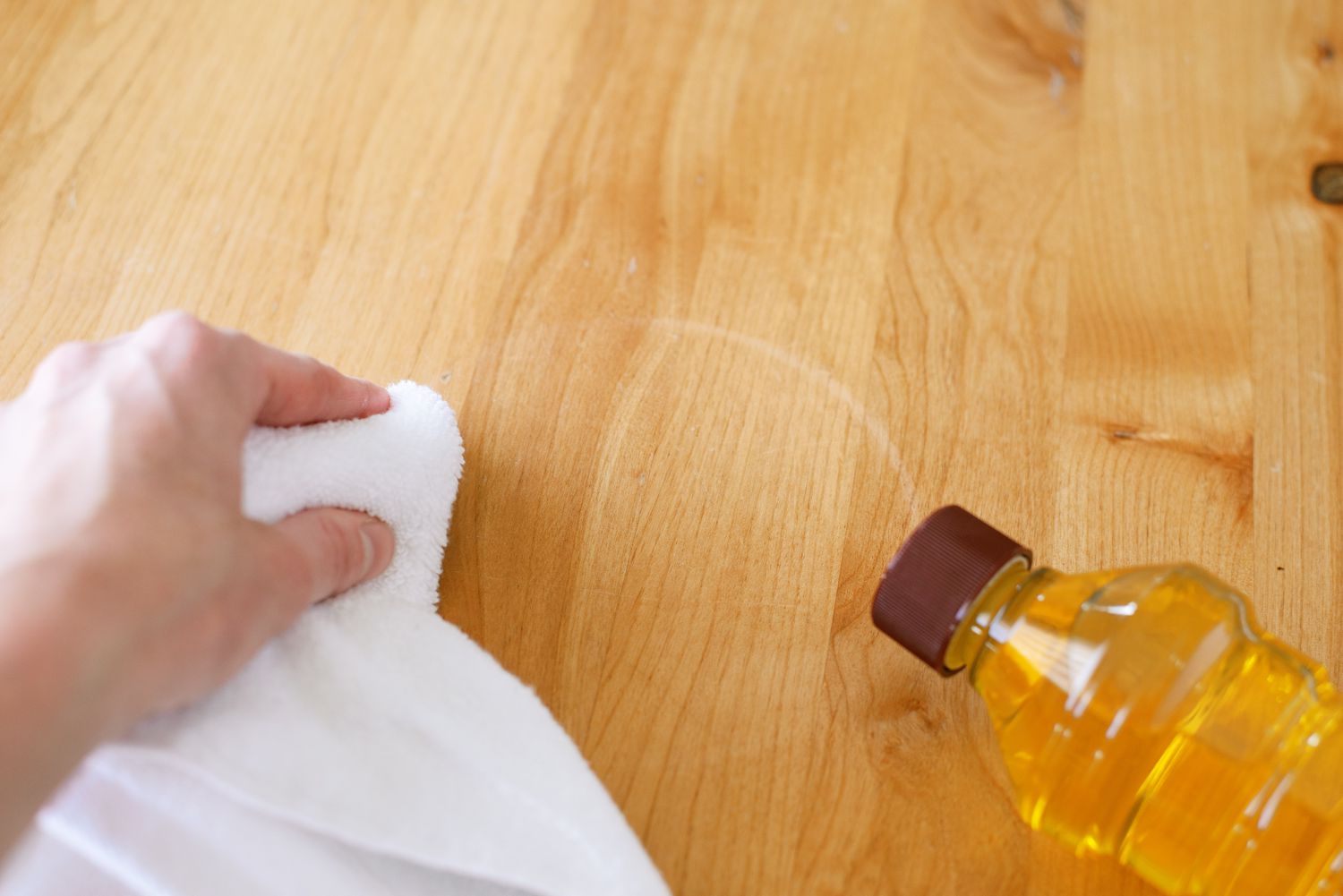
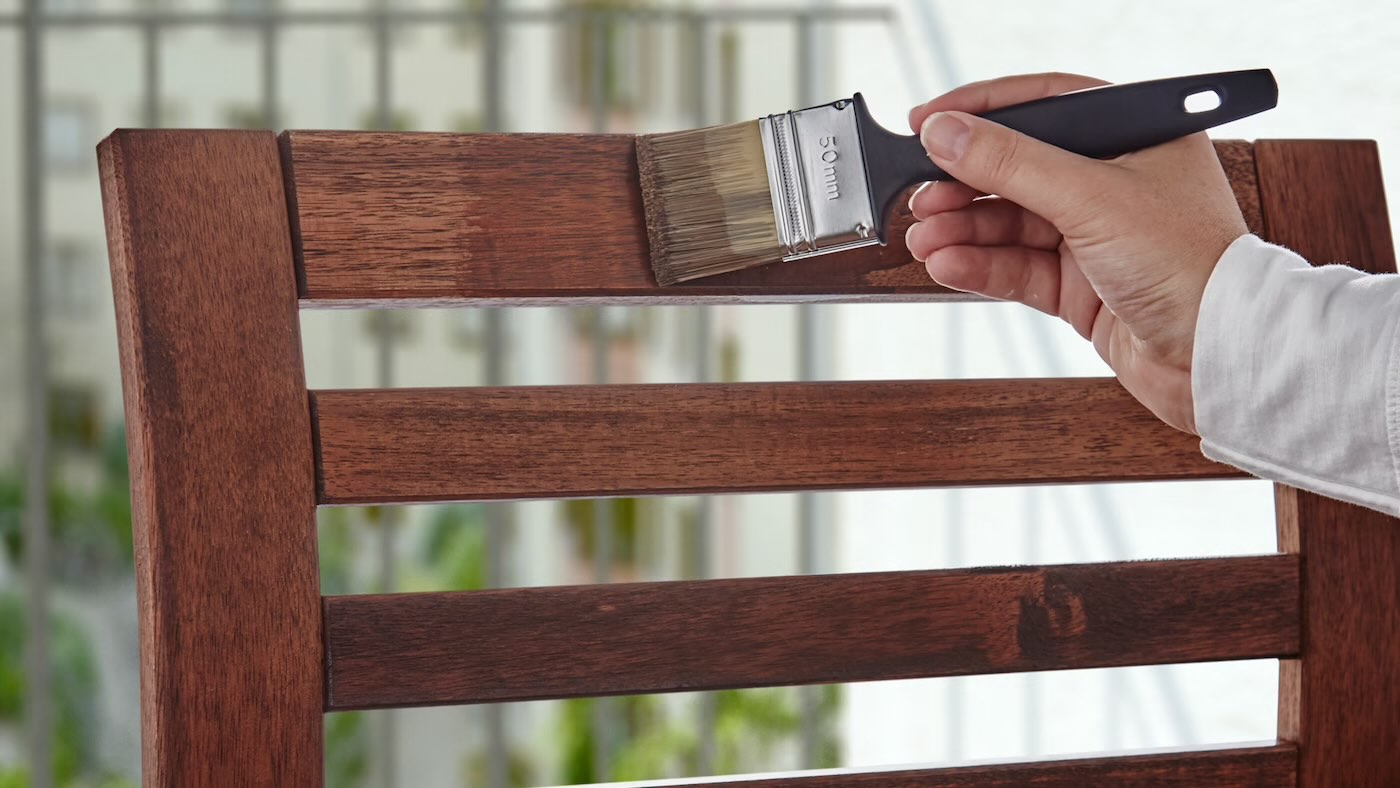
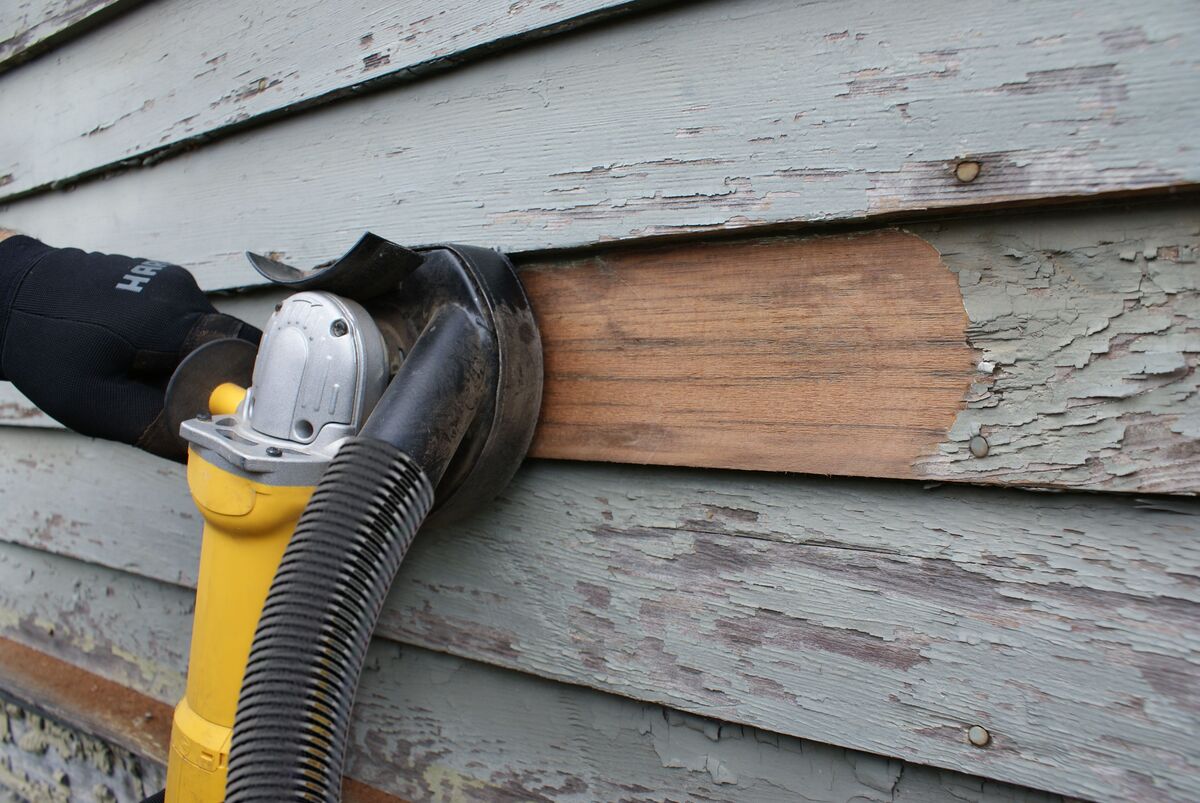
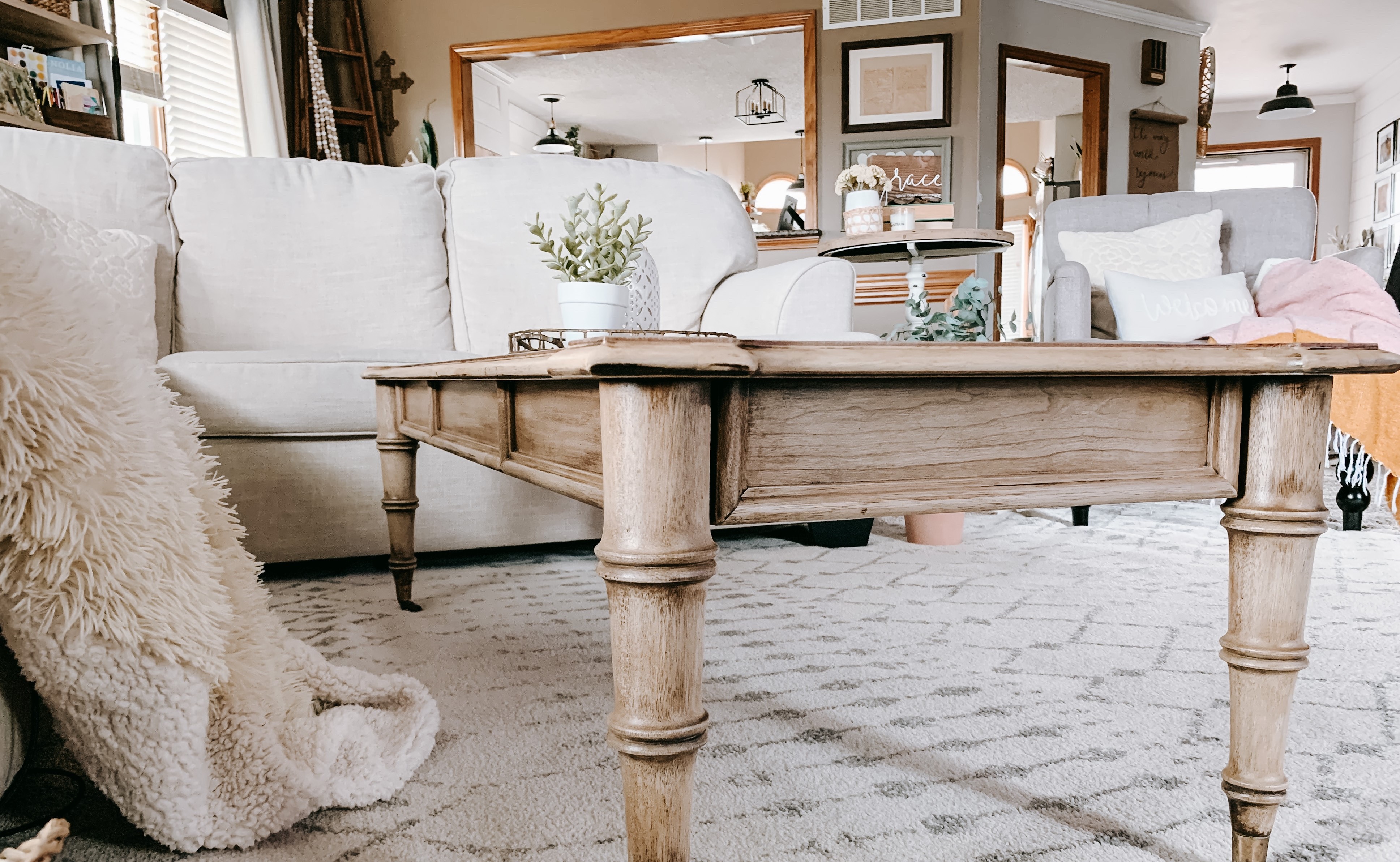
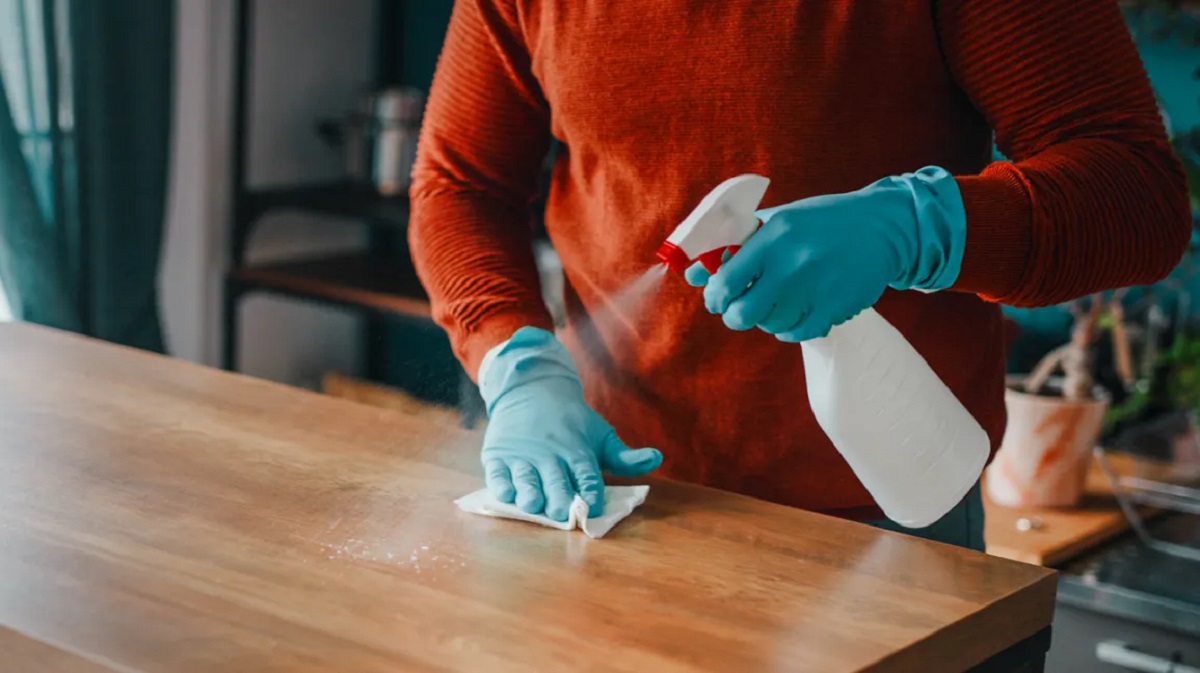
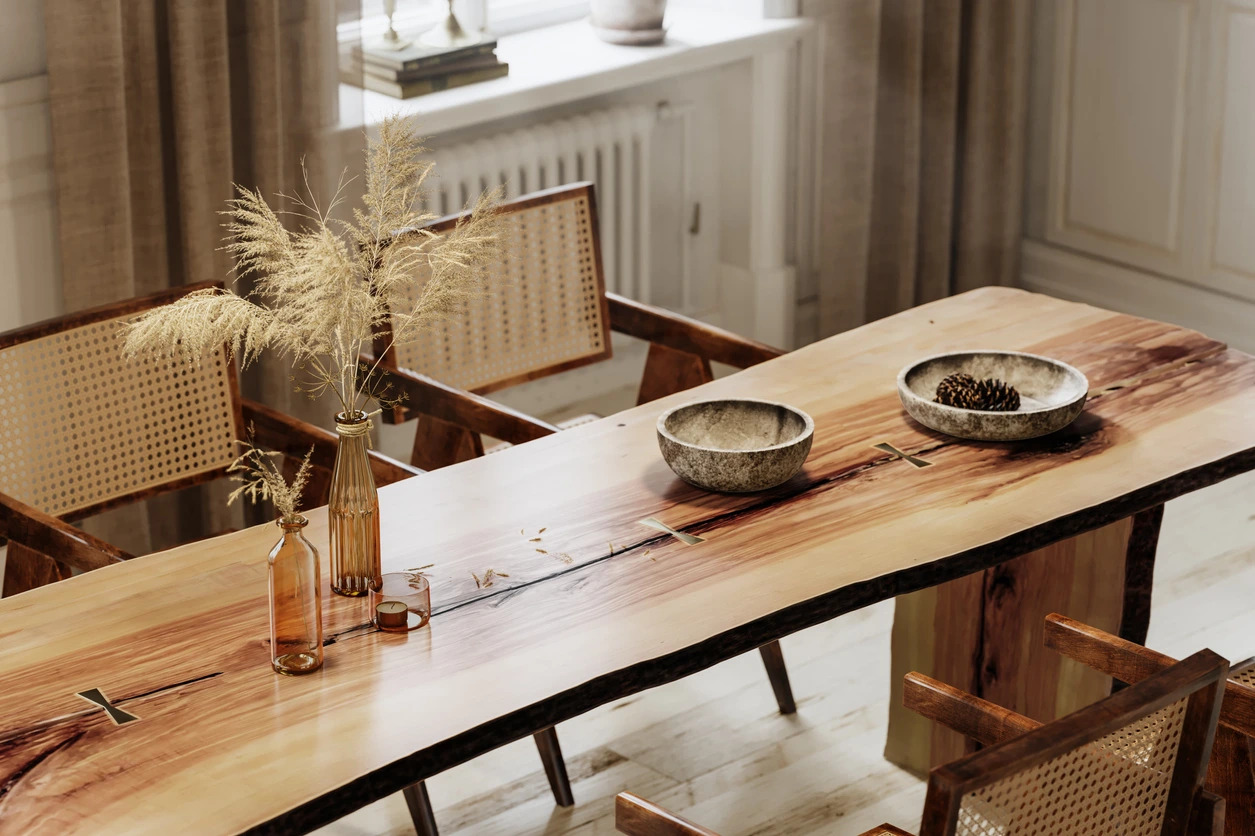

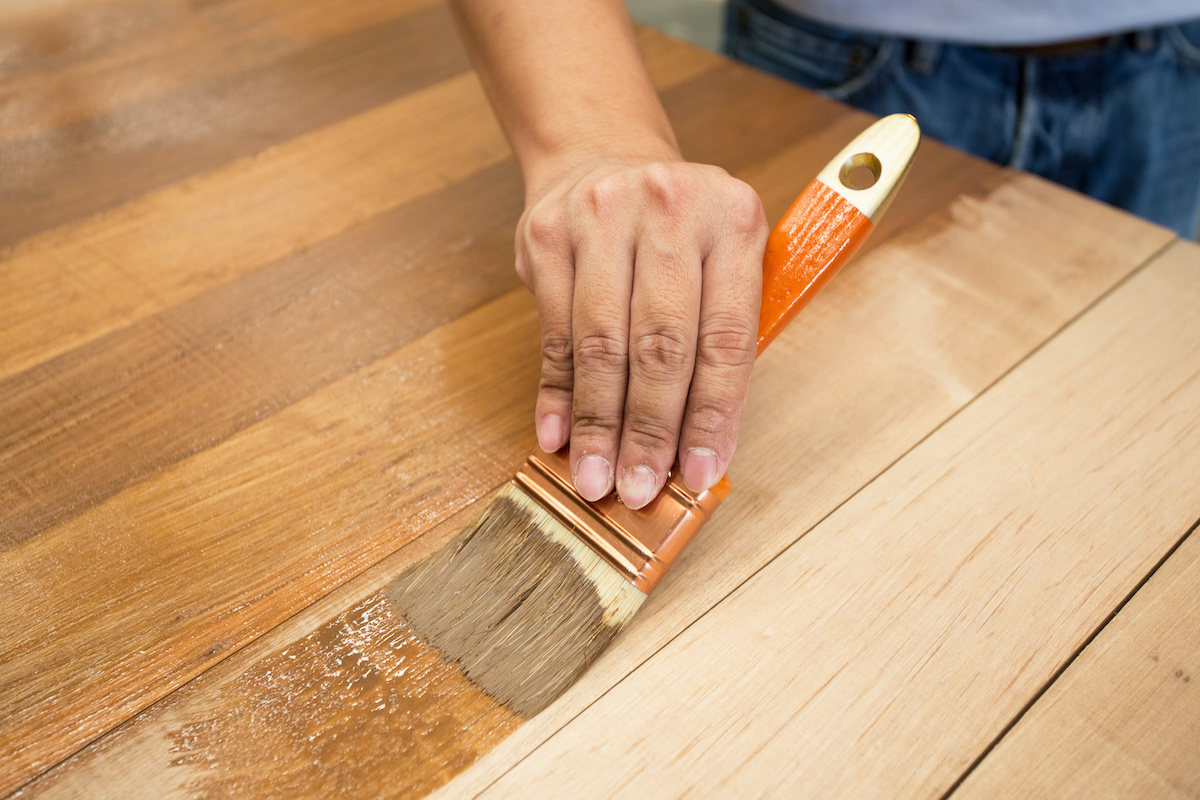
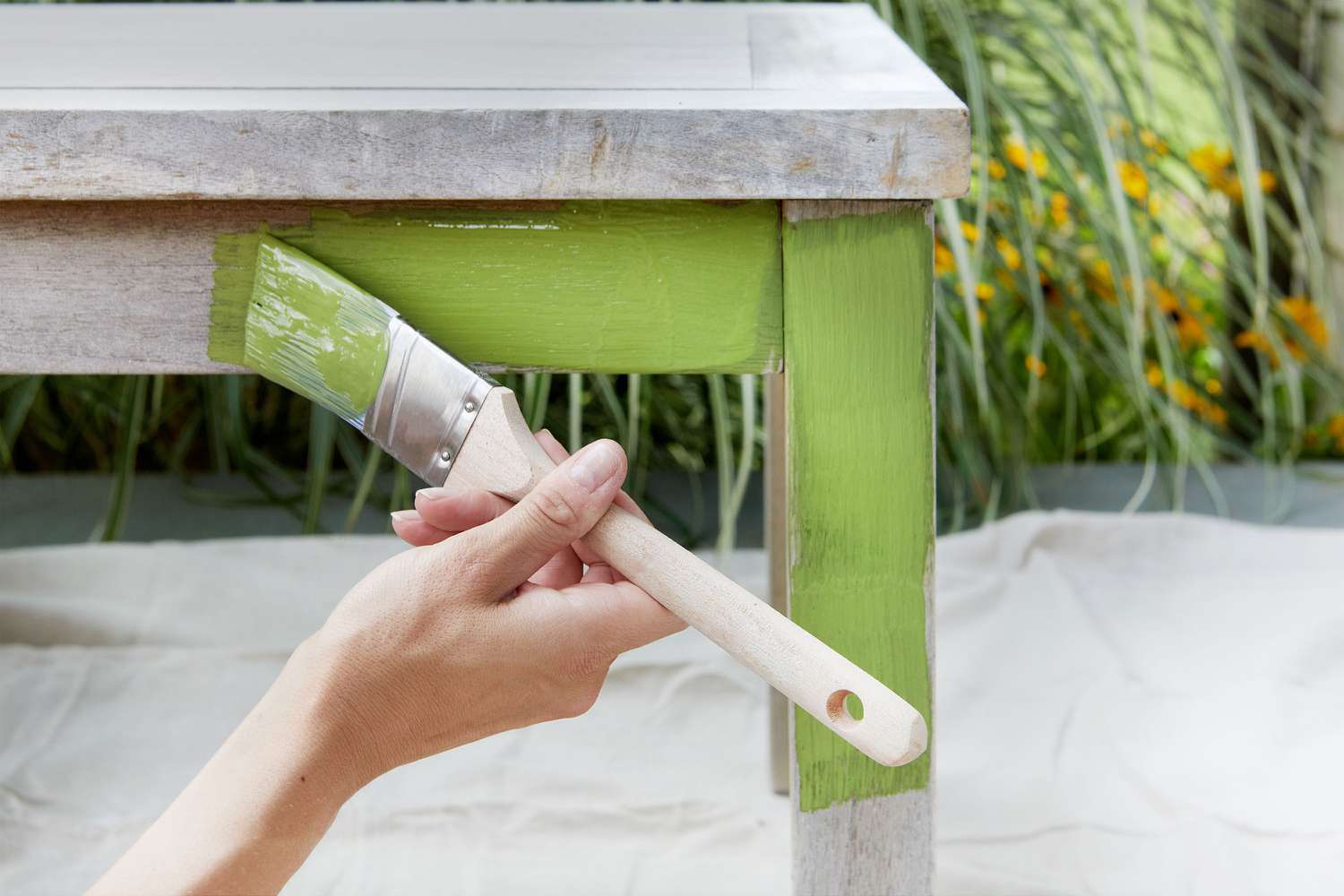
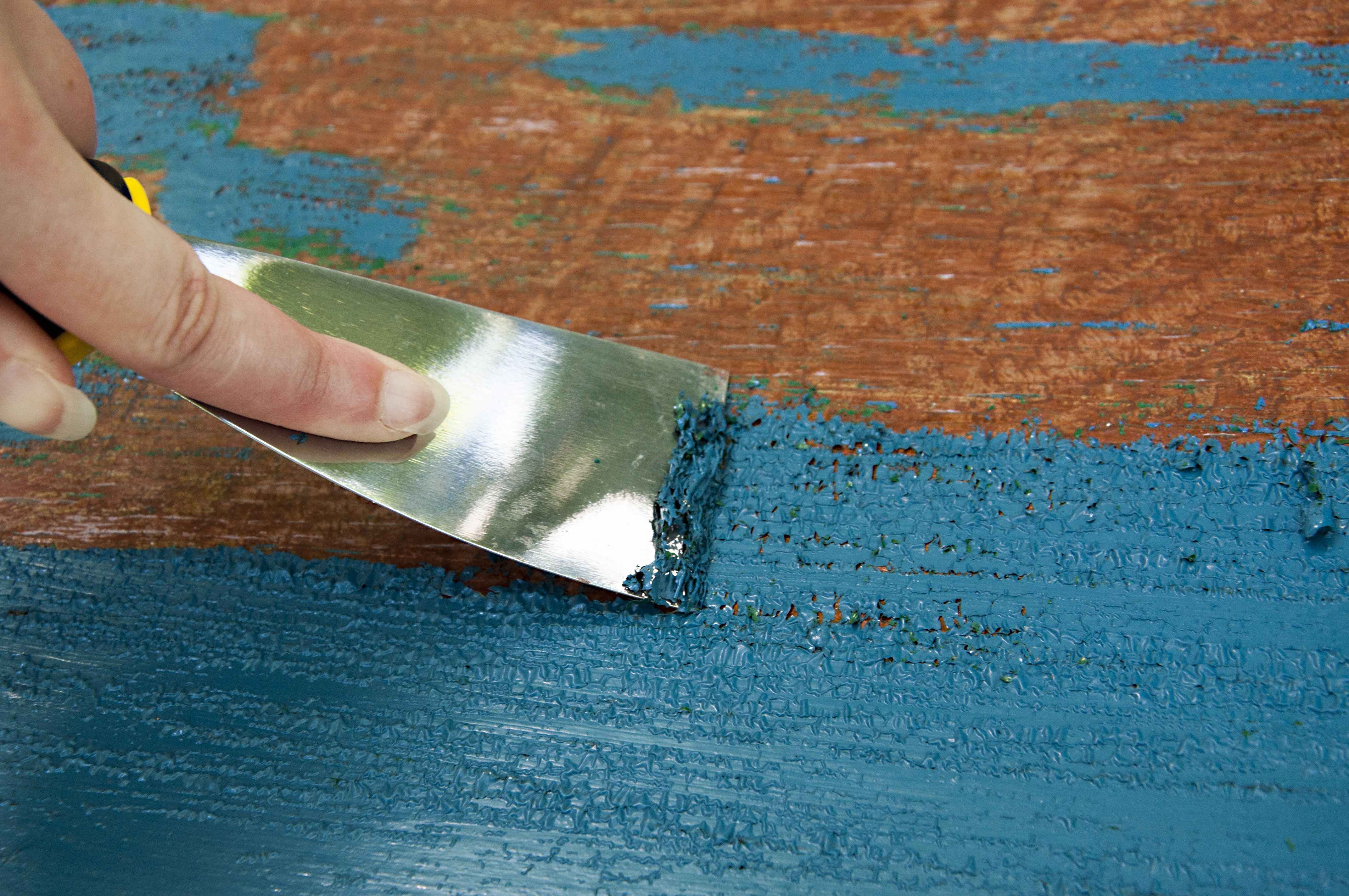

0 thoughts on “How To Remove Paint On Wood Furniture”